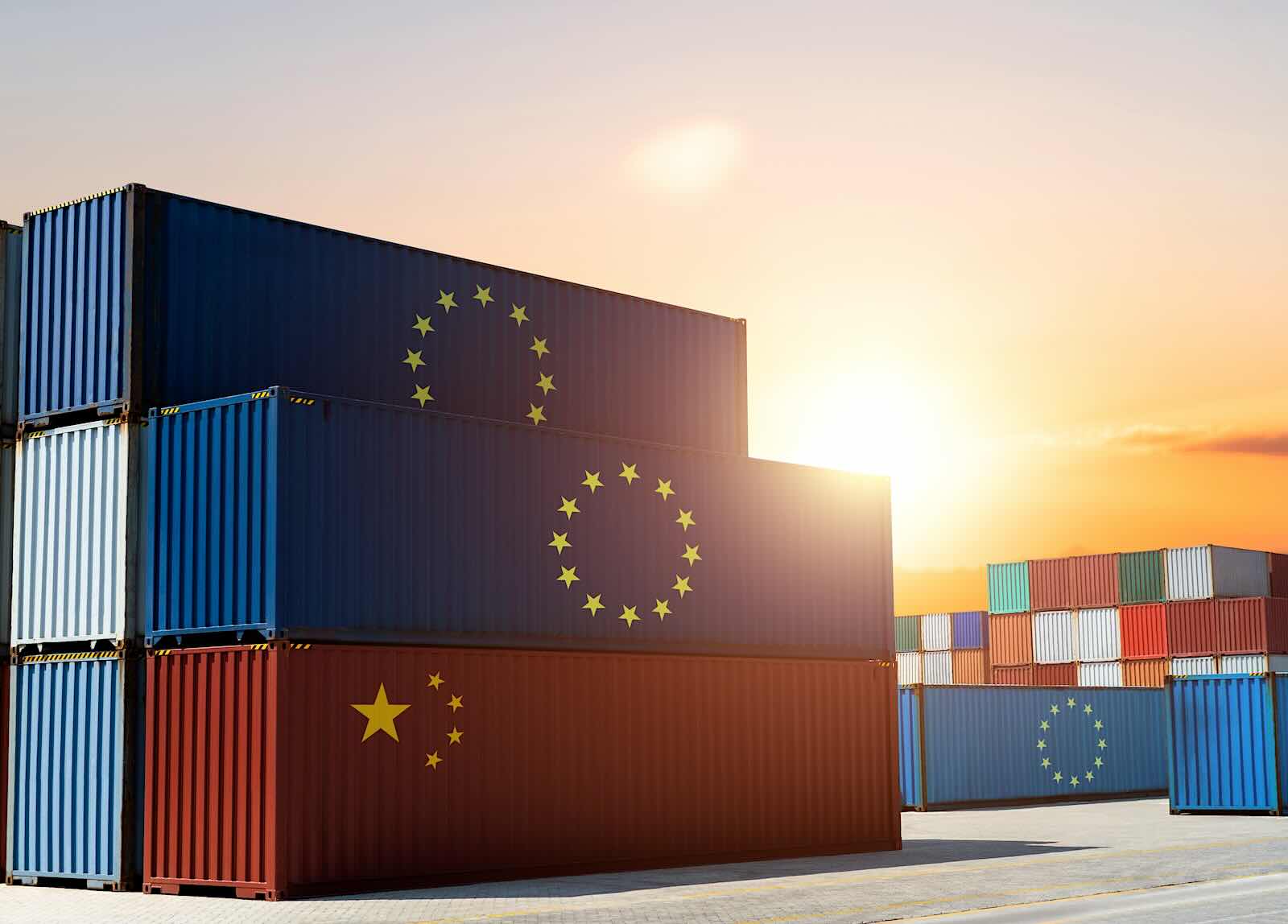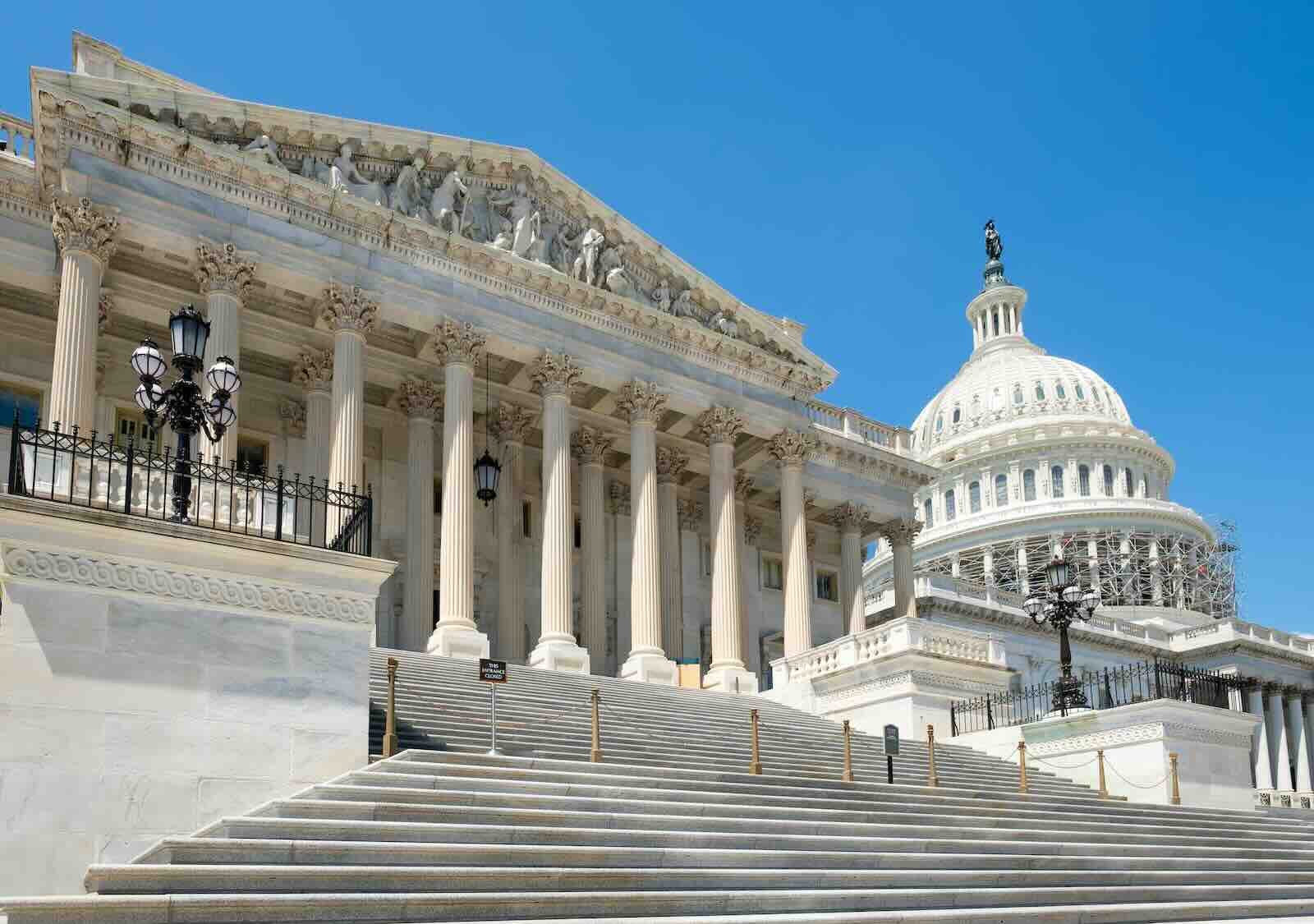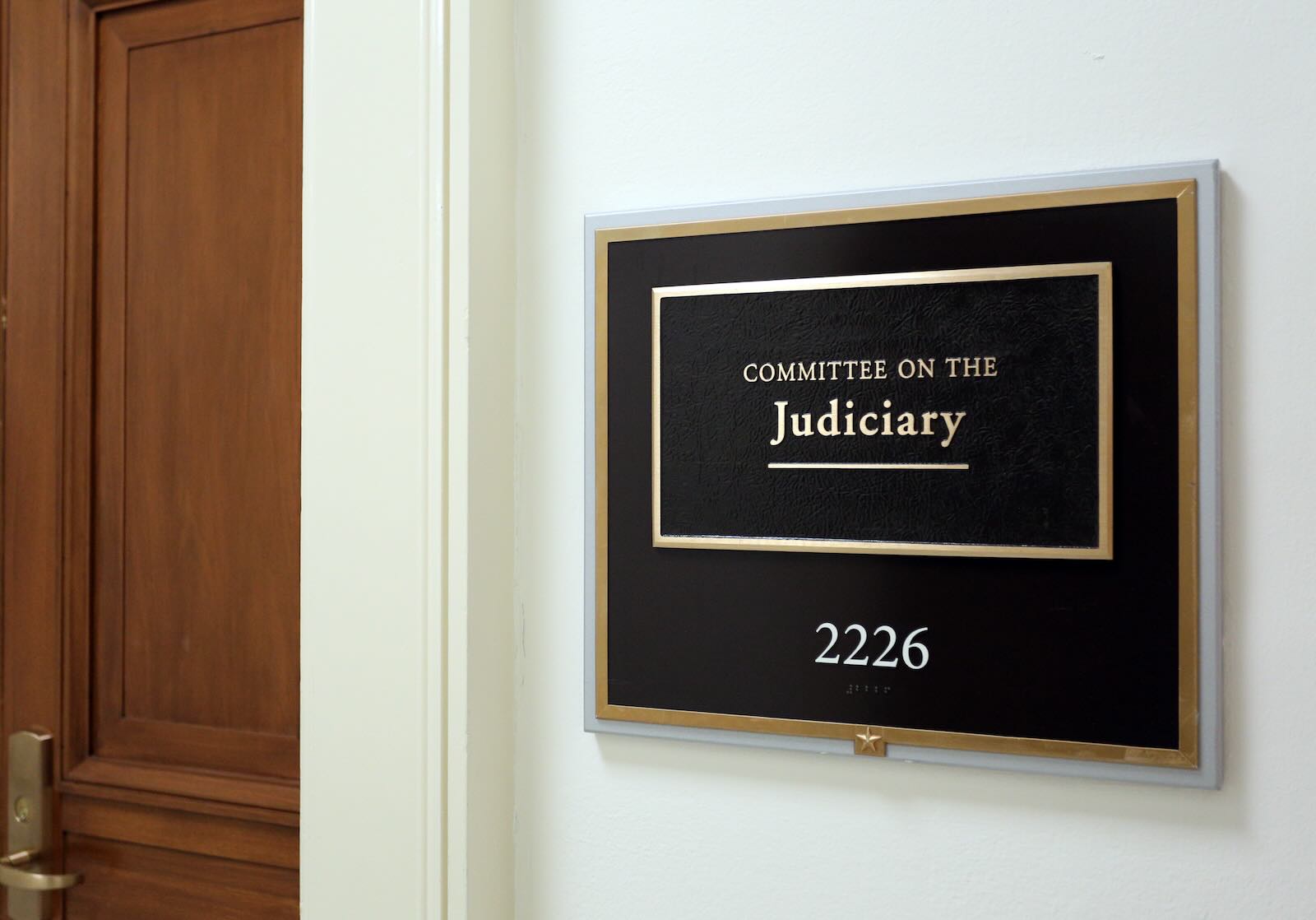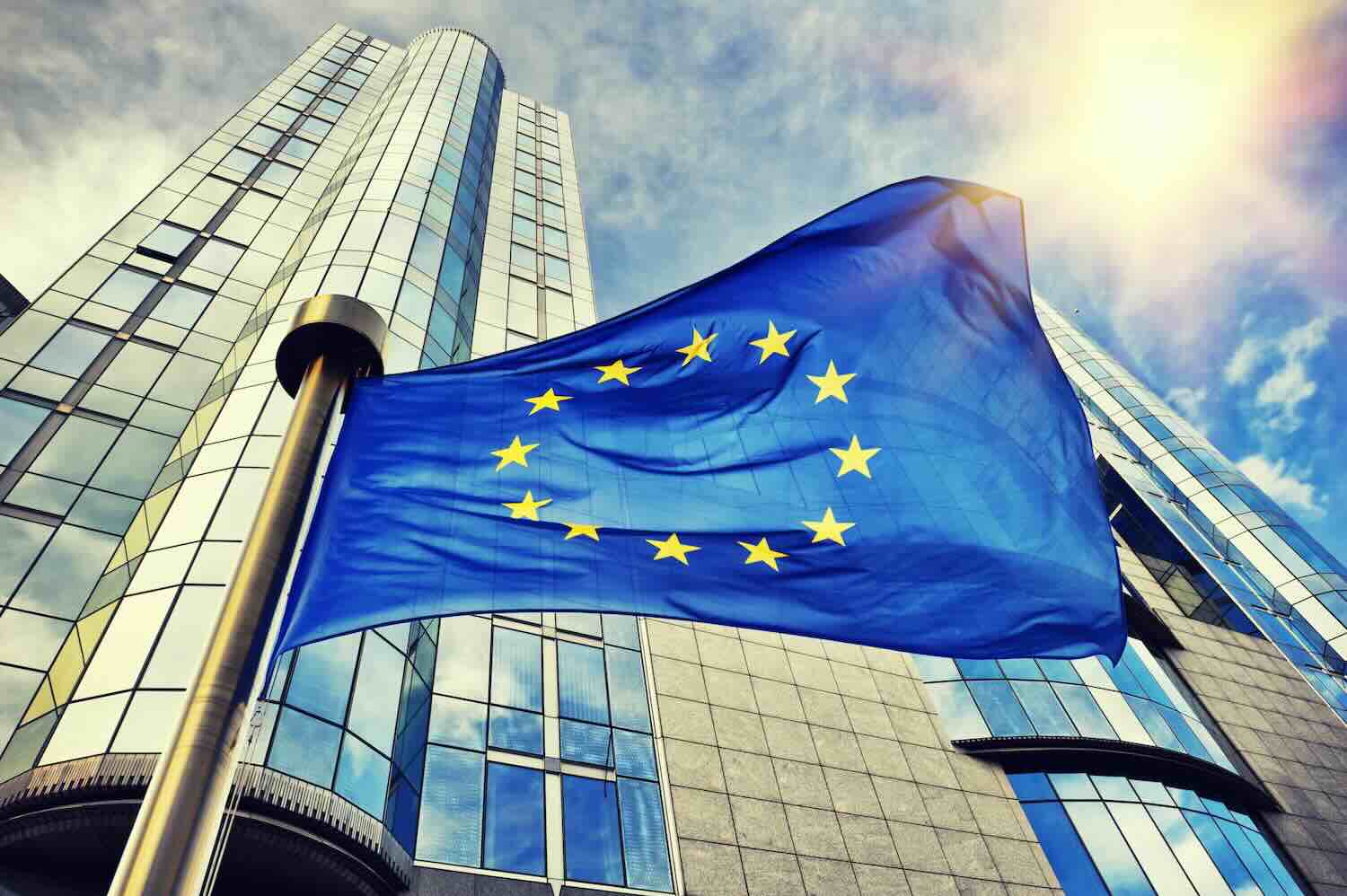Starting in 2026, the European Union is expected to implement a definitive Carbon Border Adjustment Mechanism, an import tax of sorts to level the playing field for domestic companies that are subject to more-stringent environmental regulations than many overseas suppliers.
The rhetoric for “CBAM” is that not only is it fairer to local EU companies, but that it combats climate change by preventing “carbon leakage” to parts of the world with laxer emissions laws.
Rhetoric aside, CBAM is seen by many realists as likely to benefit local EU manufacturing and, in that sense, likely to upend the current World Trade Organization regime.
At least since the fall of the Soviet Union in the early 1990s, international commerce has been largely governed by the core principle of free trade – the idea that any preferences a country accords to trade with one jurisdiction, including internally, must equally apply to all jurisdictions. As the EU marches ahead with emissions-based import levies, others cannot be left behind, and so the US, the UK, Canada, and Australia are now also considering carbon border assessments.
Notwithstanding its environmental roots, the EU’s CBAM reflects the new geopolitical zeitgeist of economic protectionism.
Is there a way to sustain the efficiency gains and cross-national wealth sharing that come with free trade while also advancing CBAM’s potential to curb catastrophic greenhouse gas emissions? And how can companies, large and small, prepare themselves for this new cross-border carbon reality?
Towards a better CBAM
To answer these questions, let us look at how CBAM is currently being drafted, and how it can be improved using common sense wisdom from our recent experience with harmonizing financial-accounting practices worldwide.
The primary challenge that CBAM and all other carbon border assessments currently face is the absence of an accurate, verified, and comparable “basis” for import levies. Put differently, one cannot impose a tax without a taxable basis – imagine if you had to pay income taxes without any reliable means of accounting for your income.
In the case of a carbon import tax, the basis for such accounting must be in units of GHG emissions, rather than dollars or euros. But, similar to financial accounting, such emissions need to be reported in a consistent and auditable manner, without double counting, and such that the sum of emissions reported across all entities in the world, in a given year, equals the total “flow” of emissions into the atmosphere for that year. Also similar to financial accounting, such emissions need to be prepared under generally similar principles worldwide.
In the absence of such a taxable basis for emissions, the drafters of EU’s CBAM have been left to make up ad-hoc emissions assessment rules. These rules have many loopholes and can create perverse outcomes. Here are some ways the CBAM accounting process could be improved.
Collect primary data
The major issue in carbon accounting today is the lack of primary data on the actual emissions incurred in a company’s supply chain. The current default carbon reporting standards for value-chains – the GHG Protocol’s Scope 3 standard or the ISO’s product life-cycle standard – permit the use of industry or regional averages in the absence of supplier-specific emissions data.
As a result, reported emissions are highly approximate. The EU’s CBAM allows the use of such average values rather than the actual values of emissions incurred. That, ironically, punishes those companies that have lower emissions and disincentivizes new investments in “greener” technologies and processes. The bottom line is that no carbon border assessment is feasible without primary data from importers’ supply chains.
If governments are serious about carbon-based levies, they must create phased-in incentives for companies to collect and audit primary data. For instance, if traders are unable to provide specific emissions data on products being imported, then those imports must be levied at the 99th percentile of emissions for that product category. To ease the burden, governments can allow for a five-year ramp-up period, where levies start at the 60th percentile of a product-category’s emissions and increase by 10 percentile-points each year.
Extend coverage across supply chains
In the absence of primary data, the CBAM’s drafters have arbitrarily limited the definition of emissions embedded in an imported product to certain sources. For instance, the direct emissions incurred in manufacturing a product are included, as are some emissions from energy procured for such manufacturing. But emissions from further upstream, such as for mining the raw materials used in the product, emissions from most capital equipment used, or even transportation-related emissions are excluded.
As a result, imports from geographies that are distant from the EU and that have dirty extraction processes are encouraged, even as imports from a relatively clean production facility that is in a nearby jurisdiction will be taxed. The bottom line is that if CBAM is to work as intended – that is, to incentivize the reduction of molecules of GHGs emitted into the atmosphere – its coverage must be exhaustive across supply chains. Anything less than complete coverage means (unwittingly) picking sides in trade, violating core WTO principles around fairness, and perversely not reducing (and even encouraging) GHG emissions.
Apply to all imported products
Further to the challenge of incomplete data, the EU’s CBAM has limited its scope to certain product categories such as cement, steel, and aluminum, even while other substitutable products are excluded. Such partial coverage creates incentives for importers to switch to alternative materials that are not within scope of CBAM, even if they are more emissions-intensive. Moreover, companies can simply shift production outside the EU, and then import certain processed or semi-finished goods that may not be subject to the CBAM.
Just as CBAM must apply to all emissions incurred in a given product’s supply chain, it must apply to all products. Governments simply do not have the specific knowledge needed to design a selective tax system – attempting to do so will just encourage distortionary practices.
To be clear, the CBAM challenges described above are not unique to the EU – any jurisdiction attempting a carbon border assessment will face these issues in the absence of a robust carbon-accounting system.
Moreover, such a system must be globally applicable, to prevent countries from creating preferential emissions accounting rules that allow companies in their jurisdictions to manipulate exports. The WTO regime has been peppered with loopholes due to variances in financial accounting principles across jurisdictions that enable “dumping” of imports in lucrative markets.
Robust carbon accounting as a global public good
Since 2021, our research team has been developing just such a carbon accounting system. The E- (or environmental-) ledgers algorithm, as we have called it, generates accurate and auditable data on the total cradle-to-gate emissions embedded in any product or service in real-time at the batch level. Numerous companies in the cement, steel, copper, chemicals, and energy sectors have already piloted the approach to allow themselves to distinguish their products from those of their competitors.
In a well-designed CBAM regime, such companies will have a leg up over others who have still to understand, let alone deploy, such robust carbon accounting principles in their operations and supply chains. The results of these pilots – freely available on the website of our non-profit learning institute – are helping us now develop the proto-standards that can underlie a global carbon border accounting regime.
Carbon border accounting, if done right, can be a powerful tool against climate change. It can raise the rules of the game so that companies and countries compete on low-emissions goods and services, just as they currently compete on factors such as costs, quality, and timeliness. A well-functioning CBAM will be aligned with the principles of free trade that have raised living standards worldwide and spread prosperity to countries only recently seen as abjectly poor.
For instance, in the presence of audited primary data on the emissions intensity of two products (one domestic and one foreign), choosing the low-emissions product regardless of its origin should not violate WTO principles, which allows for policies that are “necessary to protect human, animal or plant life or health.” The issues with violating free-trade laws only manifest when using highly approximate industry- or regional-average emissions data, which then becomes discriminatory.
While designing a global carbon accounting system might seem daunting, we have a strong historical precedent on our side. As recently as the 1930s, there was no such thing as “generally accepted accounting principles” for financial reporting. But in a remarkable five-year period from 1935 to 1940, a committed coalition of public servants, practitioners, and academics developed GAAP as we know it. Likewise, for much of the rest of the twentieth century, GAAP was fragmented into sometimes opportunistic country-specific rules.
But as the WTO regime started to gain steam in the 1990s, the world, within a decade, broadly harmonized financial-accounting rules into a global standard.
Now, we must do the same with emissions accounts.
________________
Karthik Ramanna is Professor of Business and Public Policy at University of Oxford’s Blavatnik School of Government and the co-founder and Principal Investigator at the E liability Institute, a global not-for-profit advancing the urgent accounting upgrade needed to drive green innovation.











